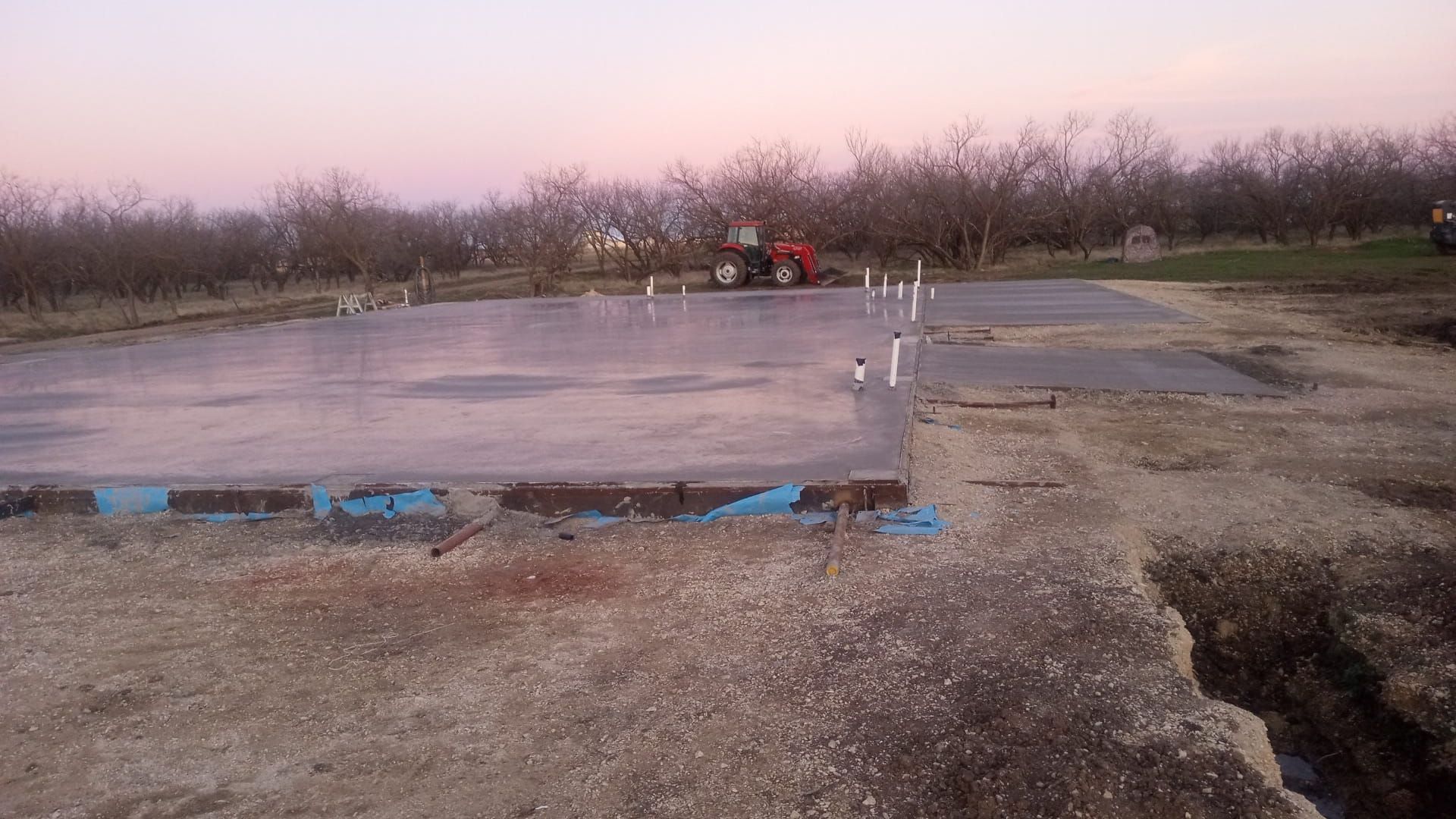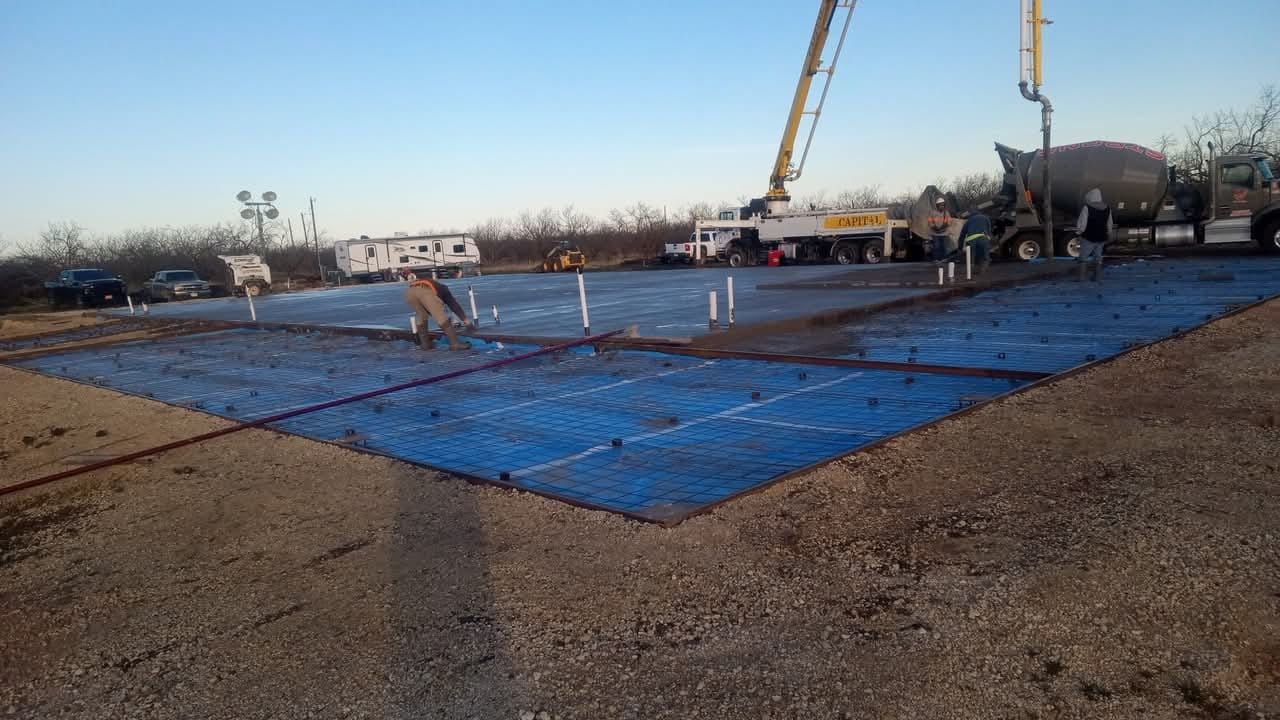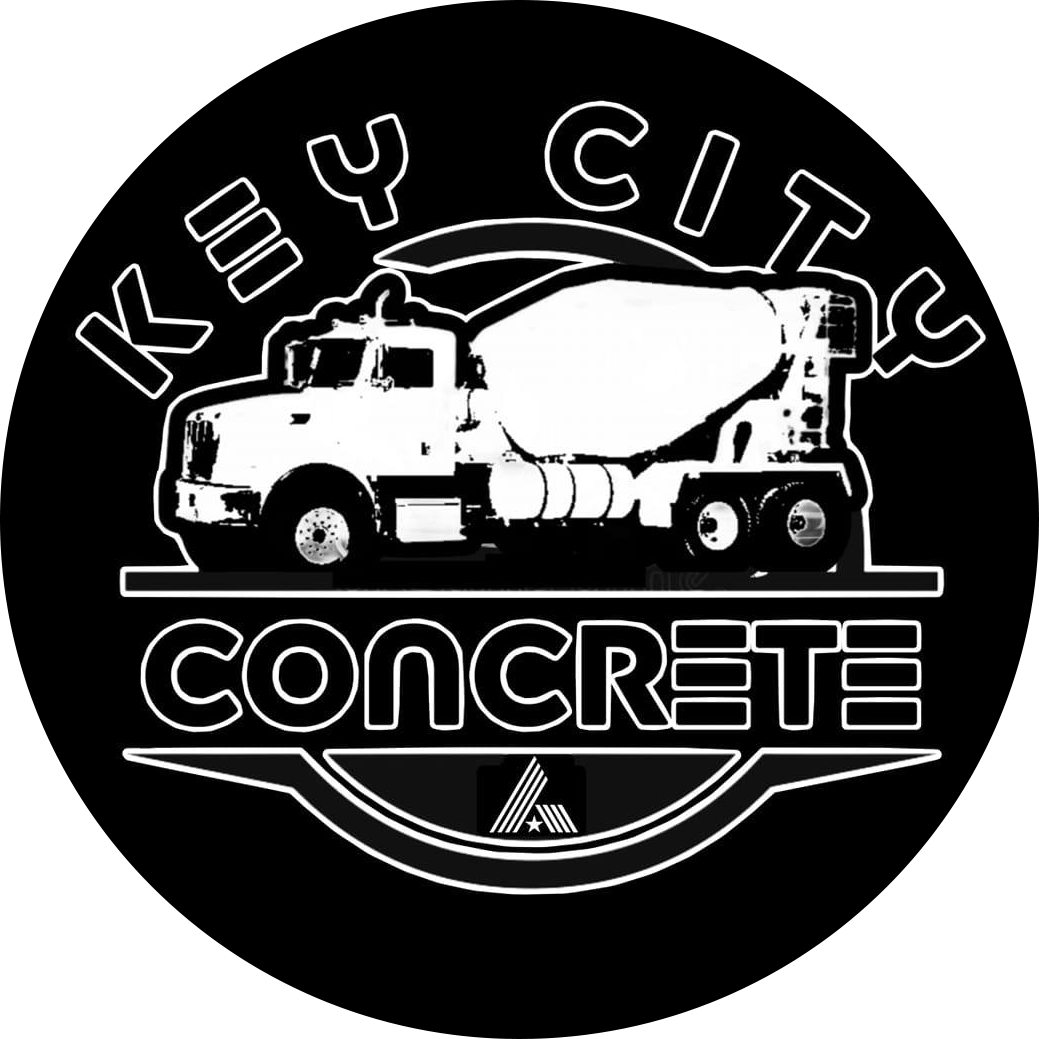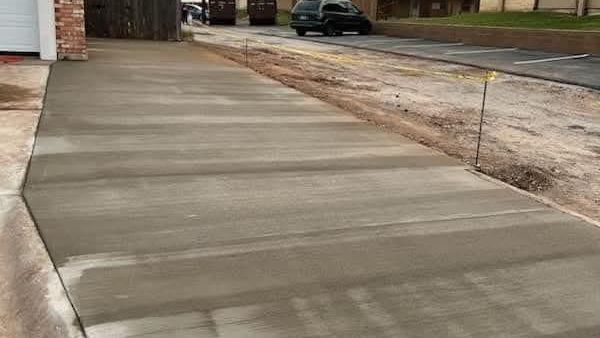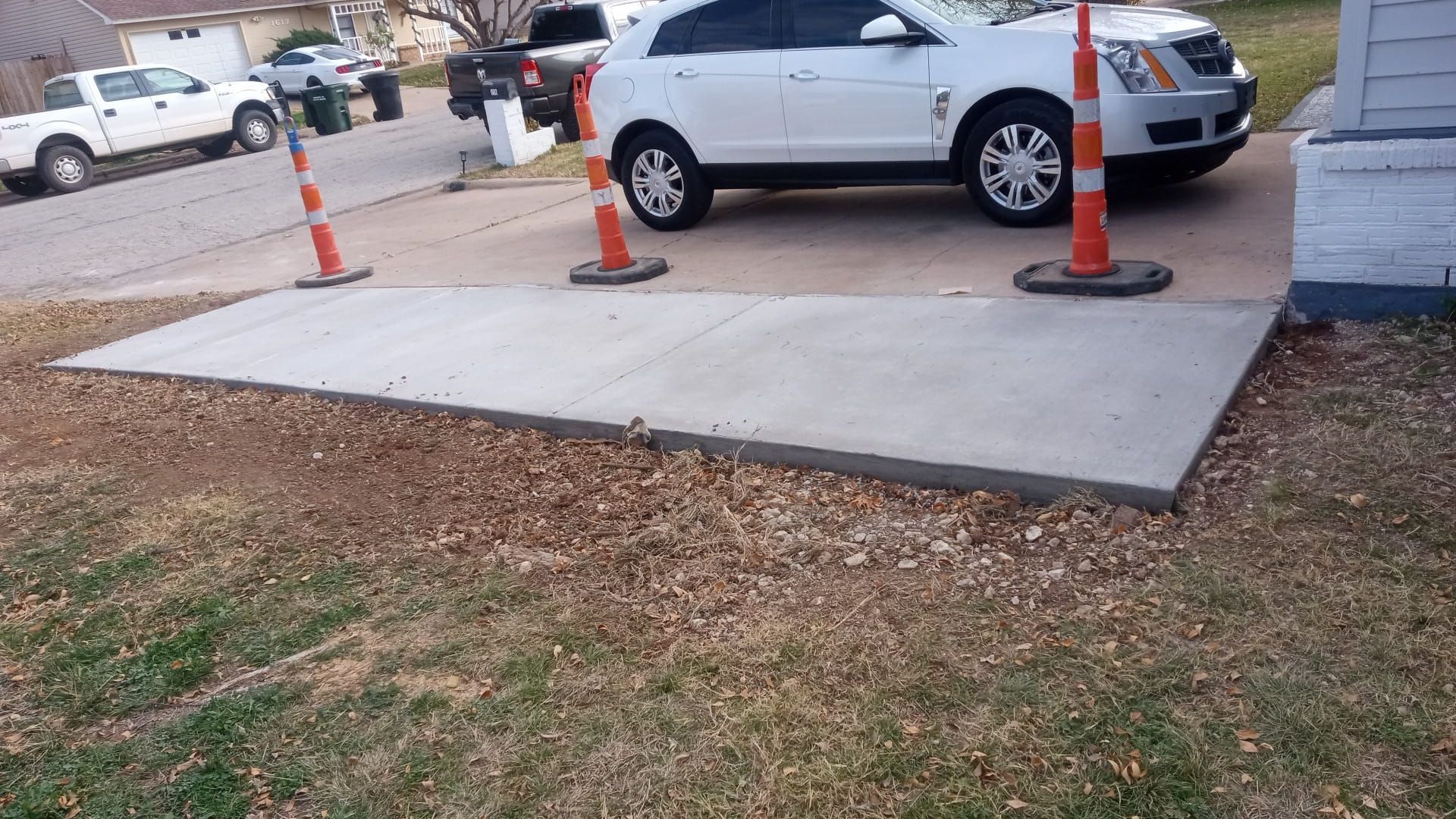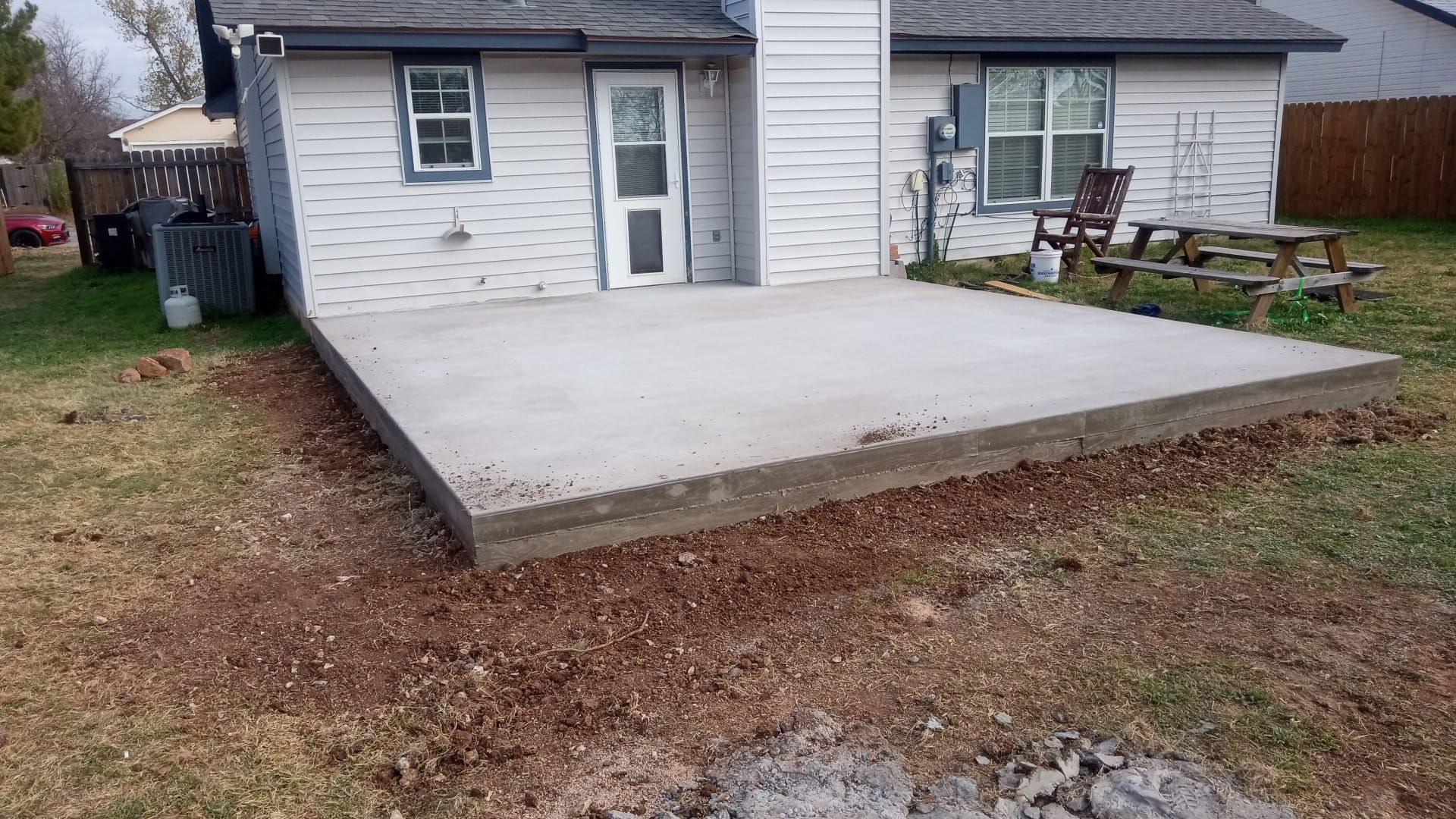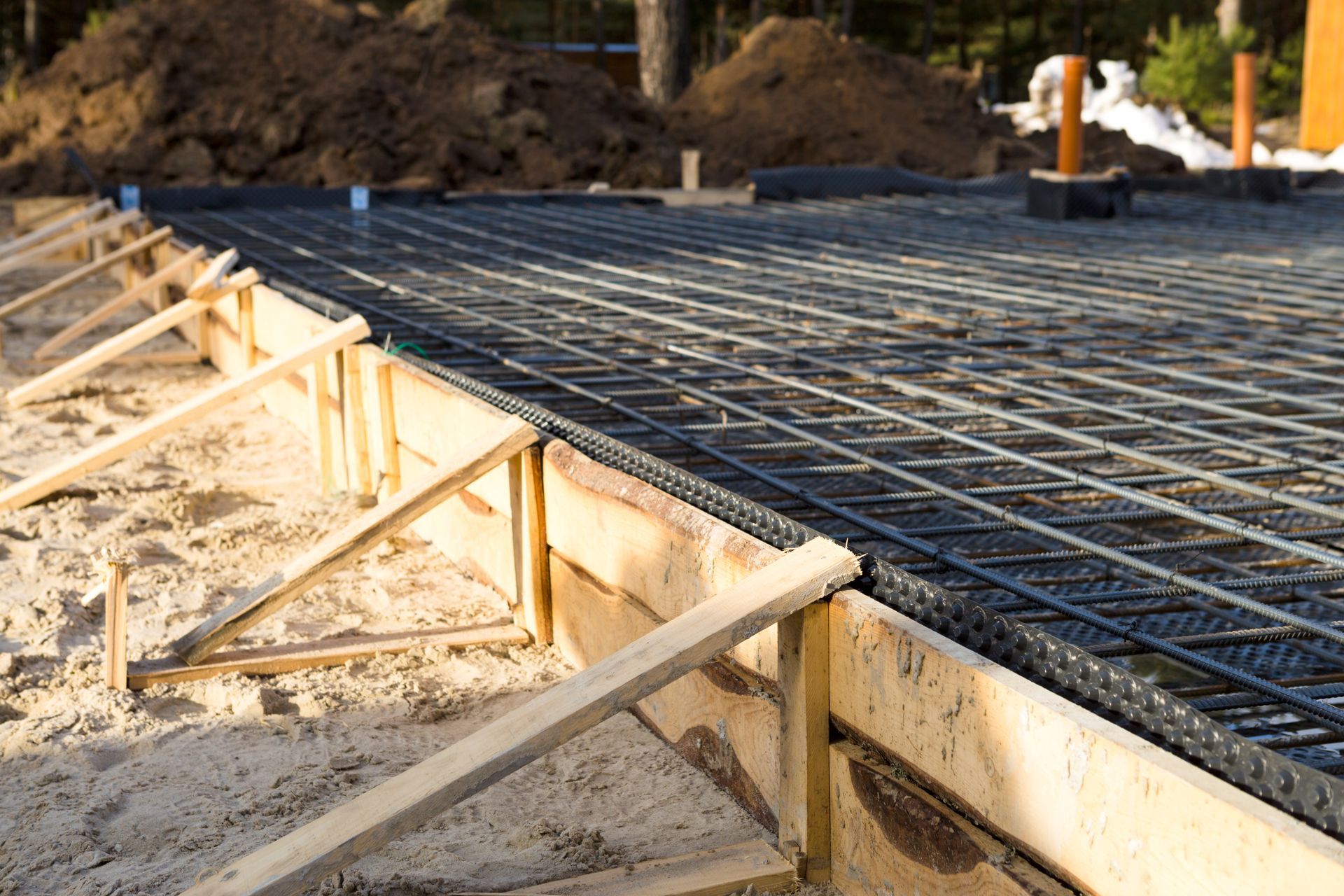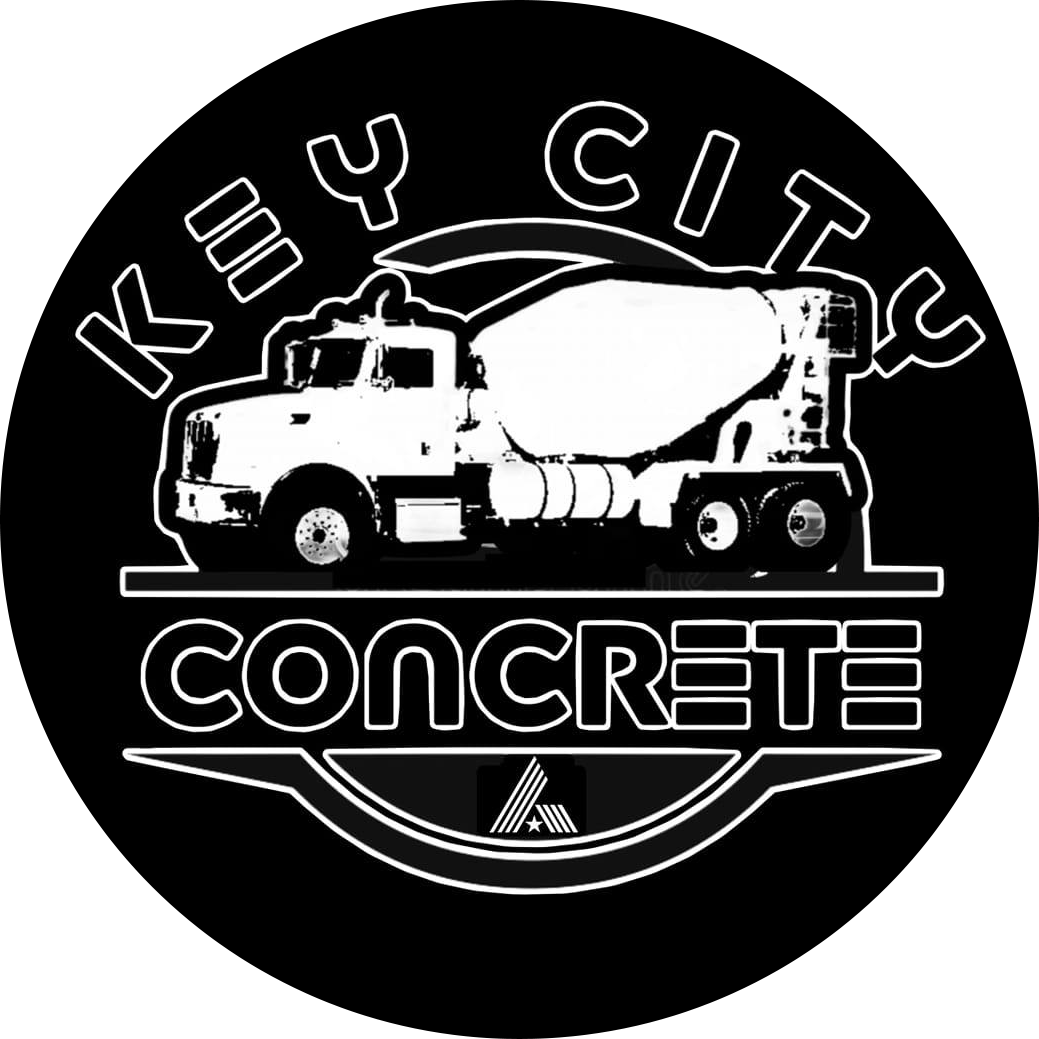Concrete Leveling: Prevent Water Damage & Uneven Surfaces
Sinking concrete causes more than just surface problems. It messes with drainage, creates trip hazards, and can even lead to foundation issues if ignored. You might see puddles, cracks, uneven walkways, or doors that won’t shut right.
You don’t always have to replace the whole slab. Concrete leveling is a fast and simple way to fix the problem.
This guide breaks down what causes uneven concrete, how to spot it, and why fixing it early saves money and prevents bigger damage.
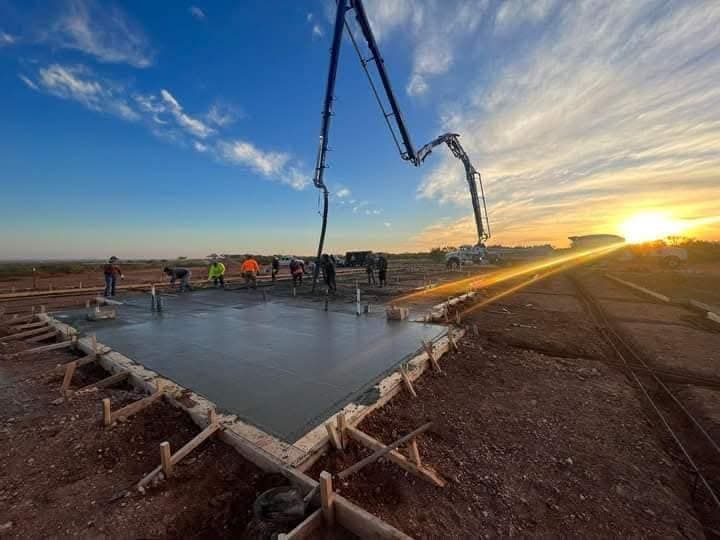
Why Does Concrete Sink or Become Uneven
Concrete can sink or shift when the ground under it changes. It doesn’t happen overnight, but it’s common—and it can cause cracks, tripping hazards, or water pooling.
Here’s what usually causes it:
- Water Under the Slab: Rain, sprinklers, or poor drainage can wash away the soil below. When the dirt disappears, the concrete has nothing to rest on and starts to drop.
- Loose or Soft Soil: If the ground wasn’t packed tightly before the concrete was poured, it can settle over time. This makes the concrete sink in some areas while the rest stays in place.
- Tree Roots: Roots grow under the concrete and push it up. That makes the surface uneven or cracked.
- Freeze-Thaw Problems: In cold places, water in the soil freezes, expands, then thaws and shrinks. That back-and-forth movement can shift the concrete slab.
- Too Much Weight: Heavy trucks, trailers, or dumpsters can press down on the concrete, especially if the soil under it is soft or thin. This is common in driveways or commercial areas with heavy use.
When the ground shifts or disappears, concrete sinks because there’s nothing left holding it up.
Signs Your Concrete Needs Leveling
You don’t need to be an expert to know something’s not right. If your concrete is acting up, it’ll usually show you.
Here are some things to look out for:
1. Puddles that don’t go away
After it rains, do you notice water sitting on your driveway, patio, or sidewalk? That’s a sign the concrete isn’t flat anymore.
2. Cracks that are getting worse
A tiny crack might not seem like much. But if it keeps getting longer or wider, the concrete could be sinking or shifting underneath.
3. One side is higher than the other
If your sidewalk, porch, or slab looks tilted—or feels like a trip hazard—there’s a good chance the ground below has moved.
4. Wobbly or loose spots
Step on a slab, and it moves or rocks? That means it’s not sitting on solid ground anymore.
5. Doors or gates that stick
If nearby concrete shifts, it can mess with how your doors, garage, or fences work. If they’re suddenly hard to open or close, that’s a clue.
6. Gaps along the edges
Look where the concrete meets your house or steps. If you see a space where there didn’t used to be one, the slab might have dropped.
These signs are warnings.
Why Water Around Concrete Is a Big Problem
Water doesn’t drain the right way when your concrete isn't level. Instead of running off, it sits in puddles or flows toward your house.
Here’s what to watch out for:
- Cracks in your foundation - When water pools near your home, it can soak into the ground and weaken your foundation. That’s how cracks start.
- Leaks and moisture inside - Too much water outside can find its way into your basement or crawl space. This can lead to damp air, mold, and wood damage.
- Sinking gets worse - Water that stays under the concrete keeps washing away the dirt. Less dirt means less support, and the slab sinks more.
- Slippery and uneven areas—Wet concrete is slick. Add to that an uneven surface, and someone could trip or fall.
What Is Concrete Leveling?
Concrete leveling is a way to fix sunken or uneven concrete without tearing it out. Instead of replacing the whole slab, a pro can lift it back into place by filling the empty space underneath.
Here’s how it works:
Small holes are drilled into the concrete. Then, a special material is pumped through those holes to fill the gaps below. That pressure lifts the slab back up where it belongs—level and stable.
There are two main methods:
- Mudjacking – This uses a mix of water, soil, and cement. It’s heavy and works well for big slabs like driveways or sidewalks.
- Foam Injection (also called Polyurethane Leveling) – This uses a lightweight foam that expands and lifts the concrete. It sets fast and is cleaner, which makes it a popular choice today.
Choosing the right method depends on the slab, location, and soil condition.
Both options cost less than a full replacement and get the job done faster.
Benefits of Concrete Leveling
If your concrete is sinking or uneven, leveling it now can save you a lot of trouble later.
Here’s why it’s a good idea:
- It’s cheaper than starting over-
Tearing out and replacing concrete costs a lot. Leveling is way more affordable.
- It’s quick-
Most jobs are done in just a few hours. You won’t have to wait days to use the area again.
- There’s no big mess- The old concrete stays where it is. A few small holes are drilled, and that’s it.
- It helps keep water away from your house-Level concrete drains water the right way, so it doesn’t sit near your foundation.
- It stops problems from getting worse-Sunken concrete can lead to cracks, leaks, or even foundation issues. Fixing it now keeps things from getting worse.
- It makes things safer-Uneven concrete is easy to trip on. Leveling it helps keep your walkways safe for everyone.
If you’ve noticed low spots, cracks, or puddles, don’t wait. Concrete leveling is a simple fix that makes a big difference.
What Happens If You Don’t Fix It?
If you leave it alone, the problem won’t stay the same—it’ll get worse.
Here’s what you might deal with:
- Water goes where it shouldn’t-Instead of draining away, it collects near your home or under the slab.
- Cracks get worse-That small crack? It spreads, deepens, and turns into a bigger issue.
- The ground keeps sinking-As the soil washes out, the concrete drops more and more.
- You could get water inside-Basements and crawlspaces are more likely to leak when water piles up outside.
- The concrete might break-Once it breaks, you can’t just level it—you have to replace it.
- It becomes unsafe-People can trip, tires can hit uneven spots, and things just don’t work like they should.
When to Call a Professional
If you see concrete sinking, cracking, or water pooling near your home, it’s time to call a pro. You don’t need to guess what’s going on. A concrete leveling company can check it and tell you what needs to be done. Most give free estimates, and the fix is usually quick.
It’s better to act before heavy rain, snow, or another season change makes things worse. If something looks off, get it checked. A small problem now is easier to handle than a big one later.
Frequently Asked Questions
Why is concrete leveling needed?
It lifts and evens out sunken concrete. This helps make the surface safe to walk on, work better, and look nicer.
What if the concrete isn’t level?
Uneven concrete can cause water to collect in the wrong places. Over time, this can lead to cracks and more damage to the slab.
Can concrete be damaged by water?
Yes. Even though concrete is strong, too much water can wear it down and cause cracks or other damage.
Why do people level concrete?
The main goal is to make the surface flat again. This helps with safety, drainage, and everyday use.
Does concrete leveling last a long time?
If done right, concrete leveling can last many years—sometimes as long as the concrete itself.
Is leveling cement strong?
Yes. Self-leveling cement is tough and can handle daily use, including foot traffic and other normal activity.
Fix It Before It Gets Worse
Sinking concrete doesn’t get better on its own. If you wait too long, you could end up with bigger damage and higher repair costs.
Concrete leveling is fast, effective, and usually done in a day.
It keeps your home safer and drier and saves you money in the long run.
Key City Concrete is ready to help.
Contact us for a free estimate, and we’ll take a look and let you know what needs to be done.
